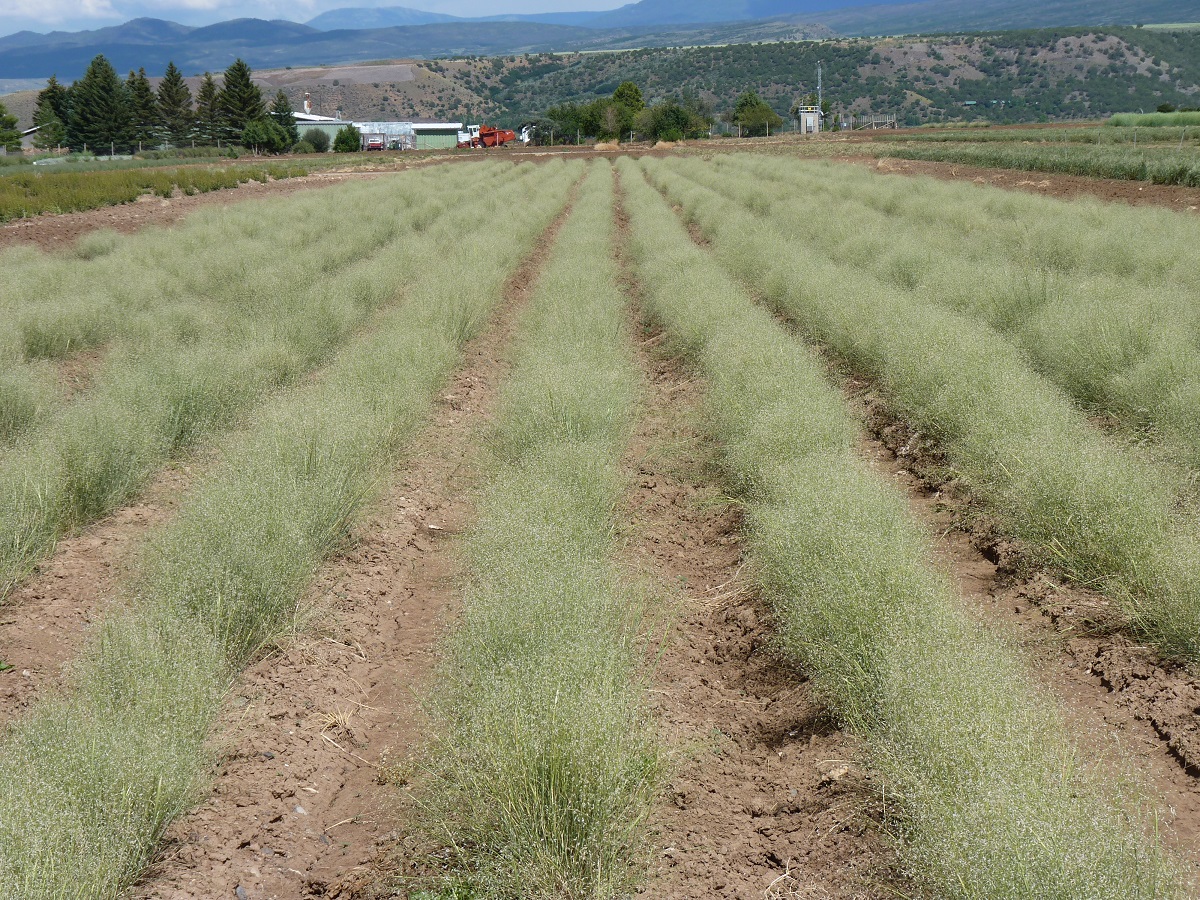STEP 2: EVALUATION & DEVELOPMENT
Surprisingly little is known about most native plant species. Research is critical to providing basic information on species biology, including germination requirements, pollinators, seed production technology, and seed transfer zones to determine where to use the seed.
Ecoregional Research & Development
The BLM Plant Conservation Program, in cooperation with other federal agencies, tribal nations, non-governmental conservation organizations, university researchers and curators, leads three cooperative ecoregional research projects to increase the availability of genetically appropriate native plant materials and improve success in restoring native plant communities. The ecoregional programs and their partners are conducting ongoing research to develop seed transfer zones and successful cultural practices for native seed establishment. Learn more about BLM's ecoregional partnerships.
National Plant Germplasm System
Seeds of Success, the Bureau of Land Management’s national native seed collection program, in partnership with USDA Agricultural Research Service’s National Plant Germplasm System maintain a collection of wildland native seed for use in native plant materials evaluation and development research. Search the U.S. National Plant Germplasm System for available plant species for research.
LOCALLY SOURCED NATIVE FORB AND GRASS SPECIES FOR RECLAMATION

